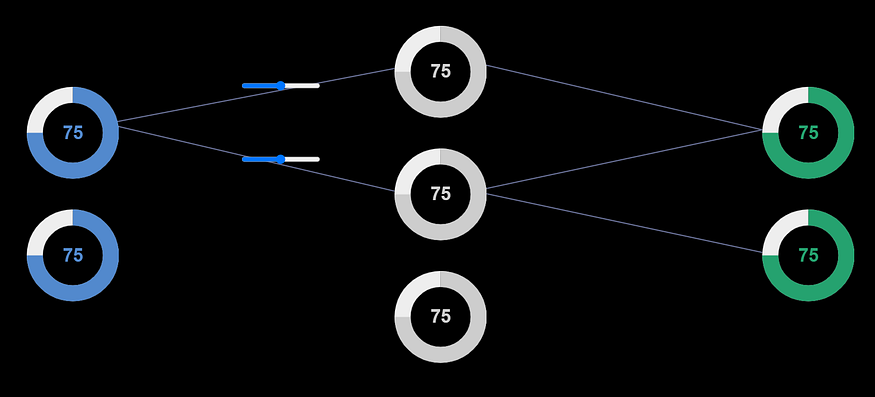quite good story behind "paywall" (open in incognito mode to access)
The AI Wars: lessons from the conflict that paralyzed the field | by David Goudet | Towards Data Science
Frank Rosenblatt vs Marvin Minsky

"the research on AI experienced several hype cycles, followed by disappointment and criticism, followed by funding cuts, followed by renewed interest years or decades later. The term “AI Winter” was coined by analogy to the idea of a nuclear winter.
When the perceptron was being studied, new approaches, including symbolic AI emerged. The core problem that unleashed this “AI War” was that different groups found themselves competing for funding and people, and their demand for computing power far outpaced available supply"
What the researchers didn’t know when they were working on this problem, is something that the AI community discovered later: to recognize complex patterns we need more than one layer of hidden neurons, and this is the key concept of what we know today as Deep Learning.
The book Perceptrons, published in 1969 by Marvin Minsky and Seymour Papert, presented mathematical proofs which acknowledge some of the perceptron’s strengths while also showing major limitations.

